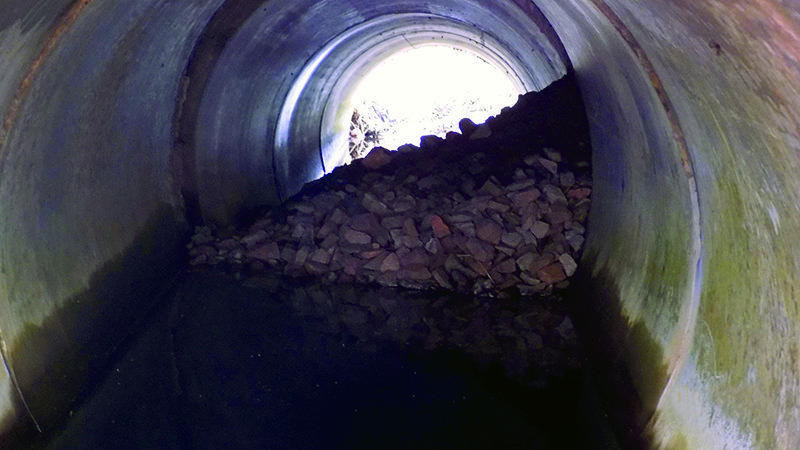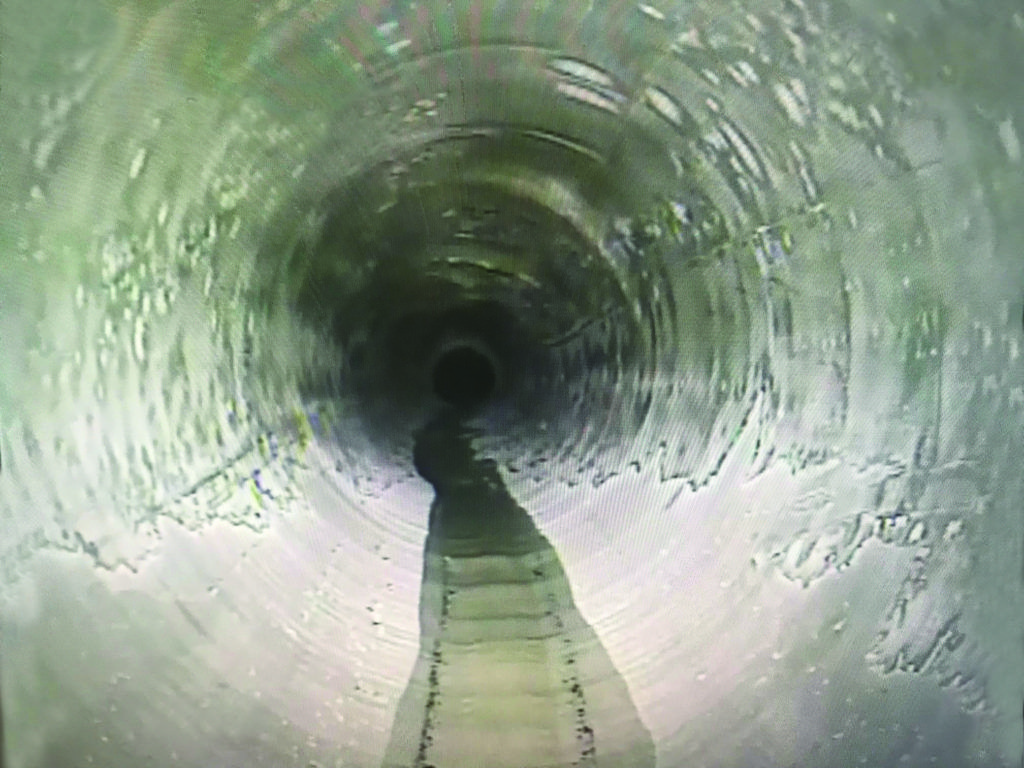Wilderness location no barrier to rail culvert lining

A pipe lining team from Lanes Group plc has rehabilitated a culvert six miles along a railway line in just one 10-hour track possession.
AMCO, working for Network Rail Scotland, commissioned Lanes to rehabilitate a 900mm-diametre circular culvert on Rannoch Moor, north of Bridge of Orchy in Argyle and Bute, Scotland.
The project to strengthen the concrete pipe under the West Highland Line was located in one of the few remaining wilderness areas in Western Europe.
Given the design and condition of the pipe, the expected water flow rate and the track conditions, AMCO and Network Rail Scotland stipulated that the 11-metre-long liner had to be 16mm thick, thicker than is usual, to give it a design-life of 100 years.
Lanes Pipe Rehabilitation and Lining Division Manager Simon Bull said: “Meticulous planning was key to the success of this project. We selected ultraviolet (UV) cured in place pipe (CIPP) lining as the most appropriate methodology, especially given the time constraints.
“UV lining requires less equipment, less operational space to deploy, and can be completed faster than other CIPP methodologies, all key benefits, given the transport and time constraints with this project.

“By working in partnership with AMCO personnel, who provided transport and lighting support, we could complete the lining within the 10-hour track possession. Everything had to go right first time, and we made sure it did.”
A road-rail unit with an excavator was used to take equipment, material, and personnel to the worksite. The Lanes team then carried out a confined space entry to clear 0.25 tonnes of debris from the pipe.
A CCTV camera drainage survey established that the culvert was ready to be lined. The 1.5-tonne glass-reinforced plastic (GRP) liner was pulled into the pipe using a Tirfor hand winch attached to the excavator’s grab bucket and inflated with a portable air compressor.
The light train could then be pulled through the pipe to allow the UV light to cure resin impregnated in the liner. Because of the liner’s thickness, precise control of the movement and speed of the light train was needed to ensure heat generated by the UV light did not damage it.
The outer ends of the liner were then trimmed to fit. Once a post-installation CCTV survey had shown the liner had been successfully installed, the Lanes and AMCO team returned to Rannoch Moor station within the possession time.







